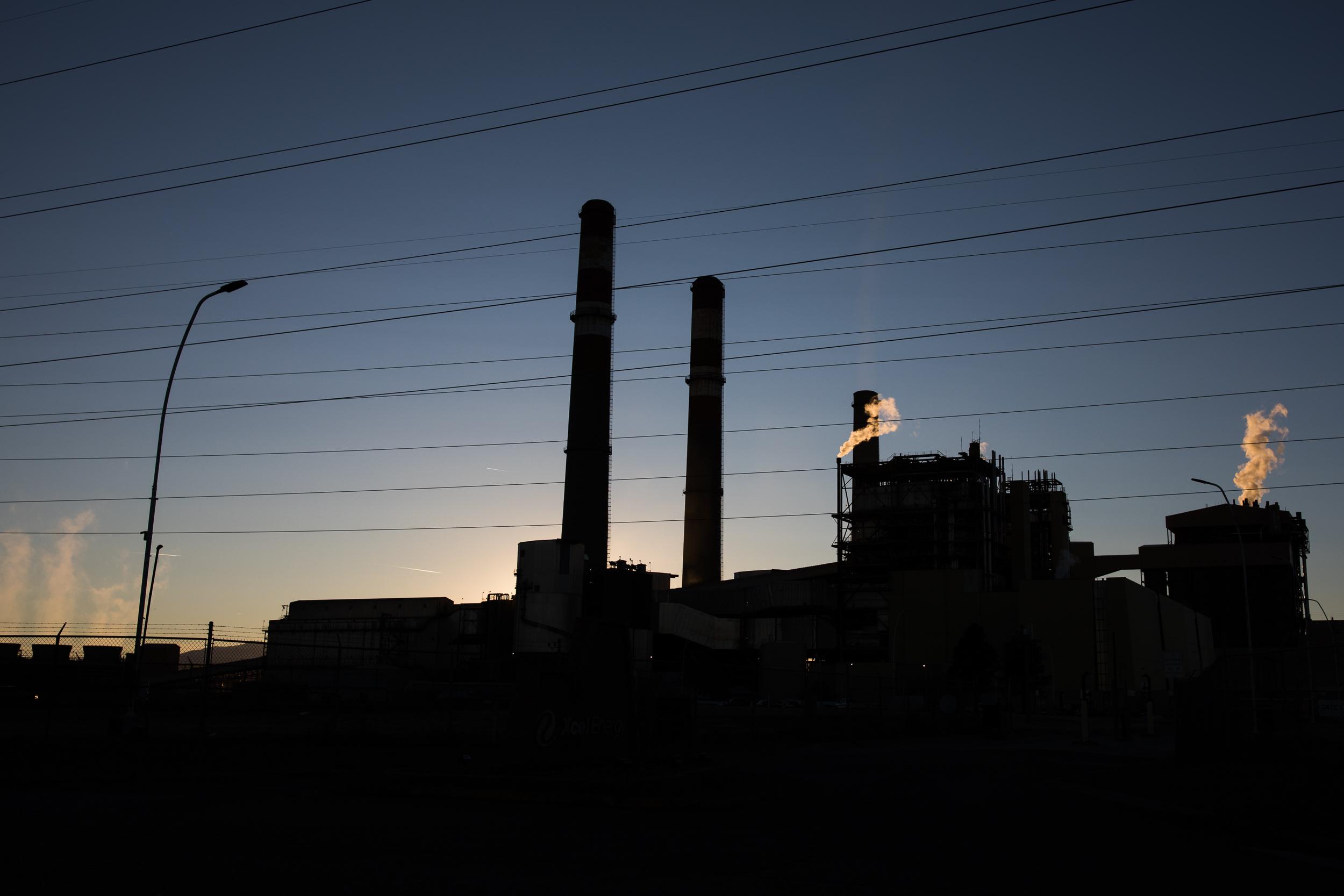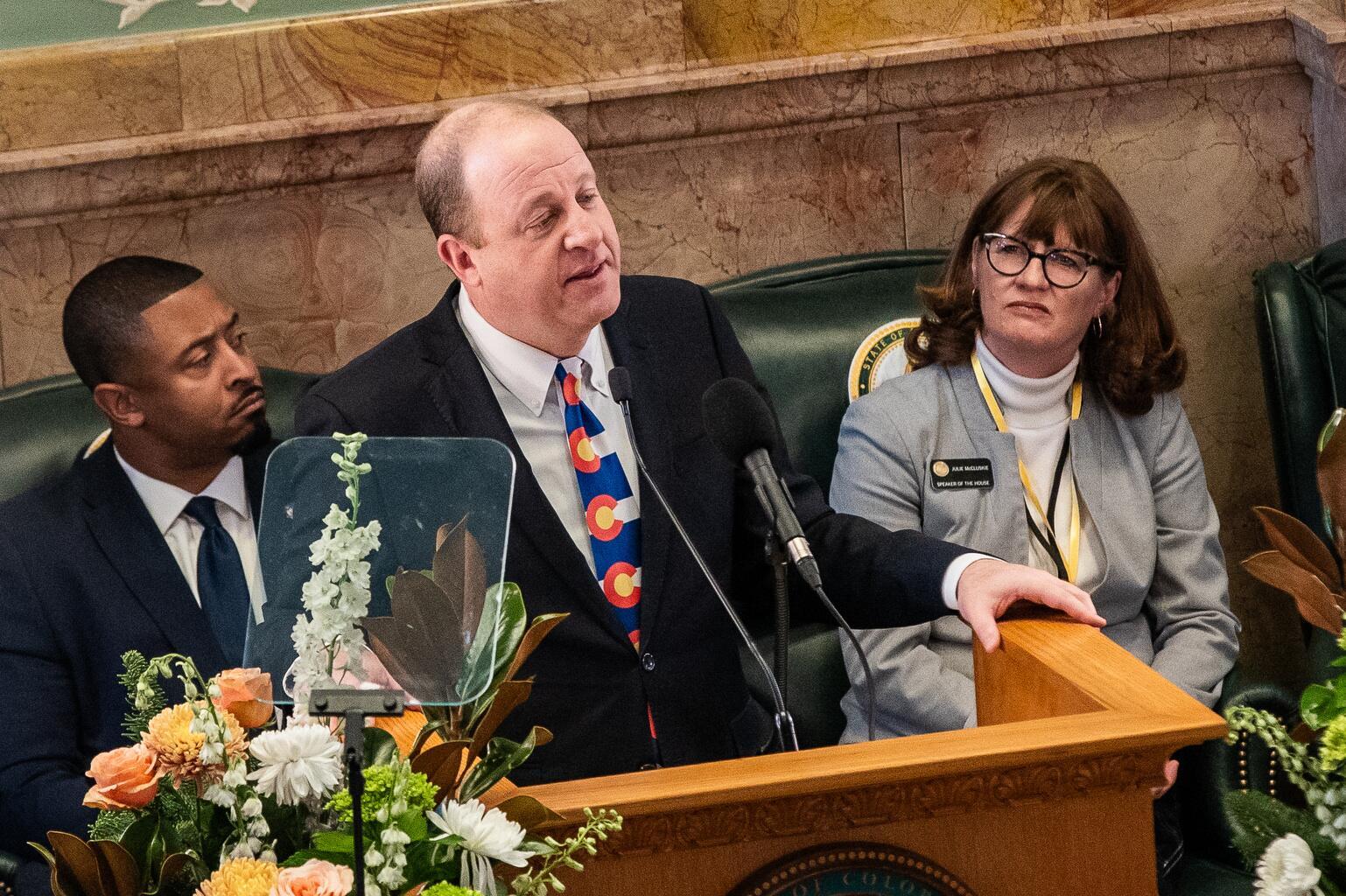
Updated, 4:22 p.m. with comment from Xcel Energy.
Xcel Energy will charge millions of Coloradans more to use electricity during evening hours, after state utility regulators modified part of the company’s proposal this week.
On Wednesday, the Public Utilities Commission approved new peak-rate times for Xcel Energy, paving the way for the company to charge more for electricity between 5 p.m. and 9 p.m. on non-holiday weekdays, beginning no earlier than October. All other hours are considered off-peak, which means activities like running a dryer or charging an electric vehicle will cost less during those times.
In 2022, regulators allowed the state’s largest utility to start using “Time-of-Use” rates for all its residential customers, though it only applies to those with a smart meter installed.
TOU rates encourage customers to use electricity when power is cheap and plentiful. Energy demand tends to spike after the work day, around the same time when cheaper sources like solar generate less electricity. When demand peters out later in the evening, the cost of electricity falls and more renewable sources like wind are available.
Xcel’s current TOU peak rates stretch from 3 p.m. to 7 p.m. year-round on non-holiday weekdays, and those rates spike during summer months. There’s also a less expensive “mid-peak” category from 1 p.m. to 3 p.m.
The newly approved times eliminate the “mid-peak” category and shift the on-peak times later into the evening. Coloradans can opt out of the change and switch to a flat-rate system, which is more expensive than off-peak rates, but less expensive than on-peak rates.
Regulators and Xcel Energy say varying the cost of electricity helps reduce strain on the electricity grid and keeps costs low in the long-run. Regulators hope the new rates guard against future bill increases and costly infrastructure upgrades.
“By making small changes, like using a high-energy appliance when the rate is low, consumers can save money on their electric bill,” said PUC Director Rebecca White in a statement. “These modest changes, in aggregate, will help reduce demand during high peak times and costs of generating and delivering additional power.”
“Perhaps most importantly, customers have a choice to opt out if they believe these rates don’t make sense for their household.”
The company also says the proposal would not generate additional revenue for shareholders, and customers with average electricity usage won’t see changes in their bills.
In a statement, Xcel Energy said it would review the commissioner's final written decision once it's published. The company said TOU rates were an important tool to shift away from fossil fuels.
"In 2030, approximately 80 percent of our customers’ electricity will come from renewable sources," said spokesperson Tyler Bryant. "How and when our customers use electricity will play a major role in continuing to make our clean energy transition a success."
But consumer advocates, municipalities and Xcel Energy customers criticized the proposal, saying it would be unpopular and could cause consumers to opt-out en masse. Without a critical mass of customers using TOU rates, critics say the program would not sufficiently decrease electricity demand during peak hours.
“The program will result in winners with lower bills and losers with higher bills,” the Office of the Utility Consumer Advocate wrote in a January statement. “The inconvenience, frustration and anxiety that ratepayers associate with an extended on-peak period will [have] real impacts, even if, according to [Xcel Energy], customers with an average [electricity usage] are unlikely to see a change in their monthly bill.”
Utility regulators say TOU rates have saved customers money since 2022, but Xcel Energy bills have increased to cover costs related to inflation and more heat pumps or electric vehicle chargers plugging into the grid.
In September, Xcel Energy proposed peak times extending from 4 p.m. to 9 p.m. in the summer months and 5 p.m. to 9 p.m. during other months, and would have axed the mid-peak category.
The consumer advocate’s office, as well as Western Resource Advocates, a climate advocacy group, pushed for a “super off-peak” period during daylight when electricity, powered by renewable sources like wind and solar, would be the cheapest.
In the end, regulators opted for a singular on-peak time period throughout the year, and expressed interest in one day adopting a super off-peak category. During a meeting, they wrestled with how to best nudge consumers to use less electricity during peak periods without overburdening them.
“ I think if our peak hours are the entire time that you're home from work before you go to bed, we're not giving people an opportunity to use time-of-use rates the way that they are supposed to be used, which is to shift demand,” said PUC Commissioner Tom Plant, who advocated for a two-hour peak period and dissented from the agreed-upon time.
“All we do is end up making people mad because they just see us increasing their rates.”
But Commissioner Megan Gilman said it was regulators’ responsibility to accurately put a dollar amount on peak periods so future energy costs remain low.
“If we don’t accurately choose the peak period, the end result is higher costs for customers across the board,” Gilman said. “It is not to be punitive, it’s not to provide customers with few options, but it is to really accurately show them what’s going on.”
Regulators will begin finalizing rates in late March during a technical conference.
Funding for public media is at stake. Stand up and support what you value today.







